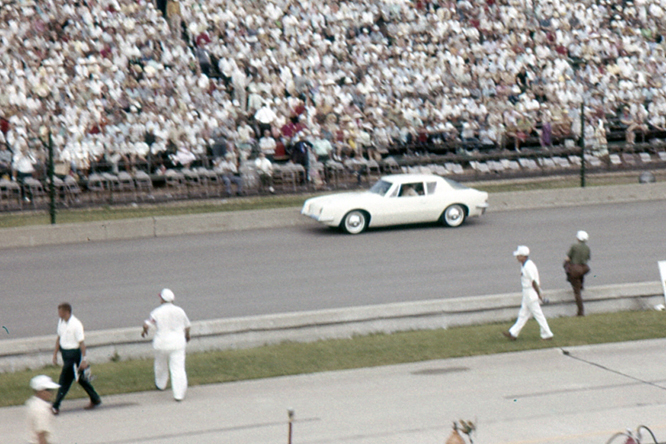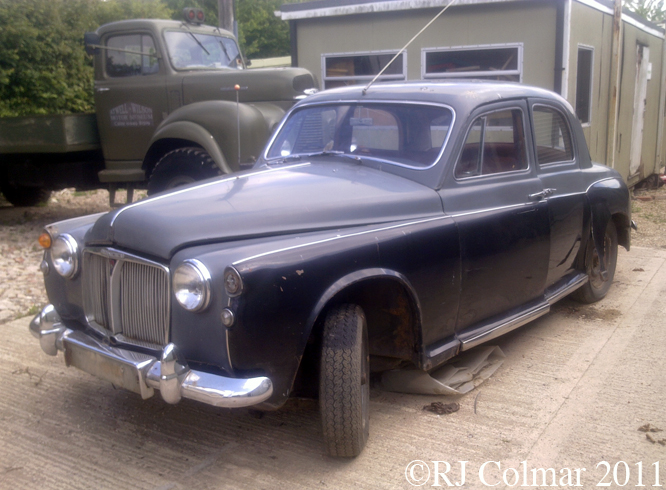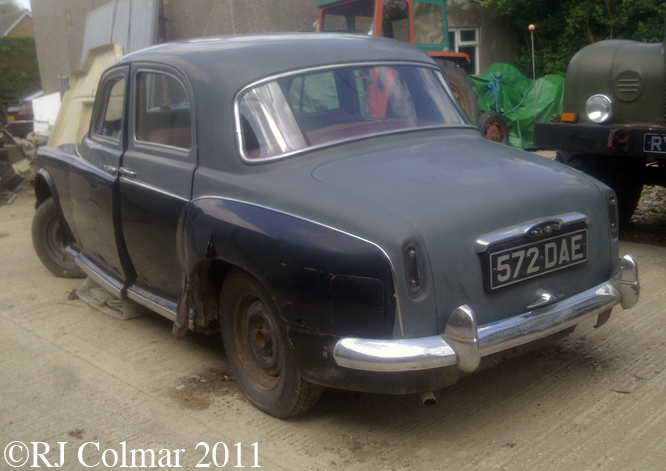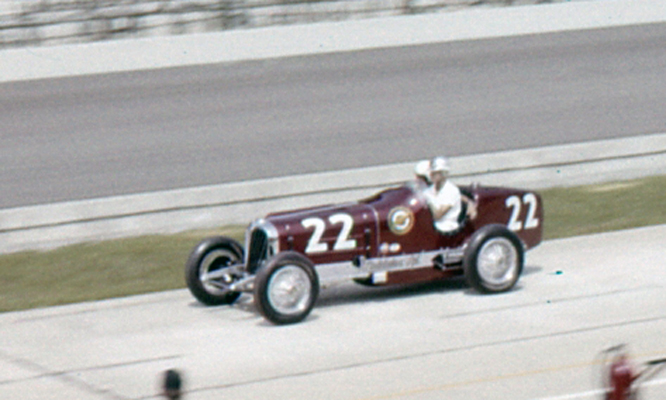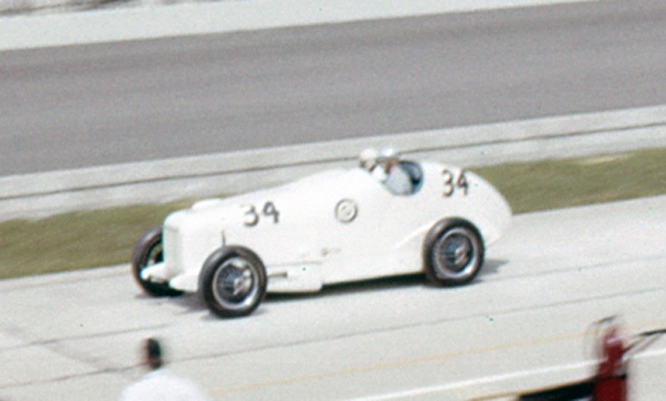Thirty seven days after becoming President of Studebaker Sherwood Egbert stepped of a flight from Chicago with some doodles, drawn in flight, for a vehicle that was to be marketed as America’s most advanced automobile and handed them to Raymond Lowery and his team and sent them to Palm Springs for 40 days where they were to turn the doodles into a design featuring a fiberglass body mounted on a 109″ Studebaker Lark Convertible chassis.
The finalised design was launched in New York on the 28th of April 1962 and one would be sent to the Indy 500 the following month to act as Honorary Pace Car alongside a fleet of Studebaker Sky Lark Convertible Official Pace Cars.
According to the period Avanti promotional film linked here, the “Aerodramatically Different” automobile feature a Jet Thrust V8 engine, available with a Paxton supercharger, coupled to a Power Shift automatic transmission that put ‘traction at the point of action’ and for the first time on an American production model front disc brakes to bring this symbol of elegance to a safe rest.
The Avanti was in fact powered by an uprated 240 hp 4.7 litre / 289 cui Hawk V8, production of the elegant fiberglass body was outsourced to Molded Fibreglass Body Co who had been responsible for manufacturing the first Chevrolet Corvette bodies in 1953.
Sherwood Egbert hoped to manufacture and sell 20,000 Avanti’s in the first year however despite plenty of interest in the new car Molded Fibreglass Body Co had problems manufacturing the bodies and only 1,200 Avanti’s were built causing orders to be cancelled.
Studebaker closed down completely in December 1963 with around 1,600 Avanti’s sold and 2500 in the dealer supply chain. The story of the Avanti did not end there. A succession of entrepreneurs managed to build further models up until 2006, using initially the original stock of parts, then switching to first GM and then Ford floor pans and running gear. For a while a short while 4 door model was in production but the very last, built in Mexico, was a one off powered by a Roush Racing V6.
Ed Arnaudin’s photo’s show the Avanti being driven around Indy on race day, top, and during one of the qualifying days bottom, this car was part of race winner Roger Wards prize package making him the first person to become a private owner of an Avanti.
My thanks to Ed’s son Steve for scanning and sending his Dad’s photo’s.
Thanks for joining me on this ‘Aerodramatically Different’ edition of “Gettin’ a li’l psycho on tyres’ I hope you will join me again tomorrow for Ferrari Friday. Don’t forget to come back now !

